By Chinyere Ojini
Editor’s Note: In Isanjandugu, Tanzania, what we call the “global water crisis” is an everyday fact of village life. Without fanfare, volunteers of the local chapters of Engineers Without Borders USA (EWB) take on the crisis one place at a time, just as they are endeavoring to do in Isanjandugu. Pace University is a proud supporter of the “Clean Water Solution for Isanjandugu” project launched by the Northern New Jersey Chapter of EWB (EarthDesk, August 27). Chinyere Ojini is team leader, and was our liaison for Pace Academy’s Walk for World Water. We reached Chinyere in Tanzania to ask how she and the chapter became involved. Part one of her story follows. — John Cronin
“Isanjandugu?!”
“We’re here!”
“Water?!”
“There’s none!”
This is how both meetings we held with the villagers started. Although it was stated in Swahili, it was moving to witness how they chose to begin.
So now, to begin the story of our journey to Isanjandugu, Tanzania….
Tears are contagious
It began with a mission trip in 2008 with Rutgers University, led by the Brotherhood of Hope. Brother Ken and Rupin Rajani, his best friend from his Rutgers years who had moved to Tanzania to start a business, developed the idea to take 12-15 Rutgers students from the Catholic Student Association to Tanzania each year to volunteer and participate in a life-changing experience. Many of the students’ daily lives and personalities were completely changed, while others continued on in the spirit of giving back in general or specifically in Africa.
For me, I would chart my 2008 trip in the life-changing experience category, without a doubt. Although we traveled to a number of villages all over Tanzania, the work we did to build a new church/school in Isanjandugu stuck with me most. But it was not until I spoke at a farewell meeting, years later in 2012, that I actually acknowledged what had motivated me to devote myself to Isanjandugu. Father Mapinzui translated for the villagers.
I explained that for the 2008 project, when the entire community had come out to help the Rutgers students build the foundation for the new, dual-purpose building, I saw that the women in the community traveled long and far to collect water to mix with the cement. The next day, I had returned to find 50 water bottles lined up along the old school building. Due to the quality of the cloudy, white water, I assumed that the community members became innovative and decided to store the water for the cement in bottles to save a few trips. But after we began work, the bottles remained untouched on the side of the building. I inquired about their purpose and discovered that they were actually the drinking water for the lunches of the pre-primary school students.
At this point, Father Mapinduzi had to take a break while translating in order to dry his tears because he never actually knew, until that moment, what motivated me to start the project. And so, the waterworks around the room began.
Seeing those water bottles in 2008, at the age of 19, I decided I had to do something. Everyone should have access to clean water. Period. I had no idea how I would accomplish such a thing. I was double-majoring in Accounting and Journalism & Media studies, and had made it a point to avoid all subjects involving science/engineering. I remained determined nonetheless.
I began working in the Corporate Communications department at AECOM (I clearly didn’t do a good job of avoiding the science/engineering subjects), which has been super supportive during this project. I later discovered that the company has a corporate partnership with Engineers Without Borders (EWB), so in the process, I learned more about what EWB does.
Coincidentally, Bob Bunting, a member of EWB’s Northern New Jersey Chapter, had sent out an email to the office so employees could learn more about the recent water project they just completed in Kenya. I immediately emailed him to inquire about joining EWB to shadow their process and learn more about how to replicate their work in Tanzania. (At that point, I still thought I was going to implement the project alone).
I soon discovered that they were in the process of searching for another project. I held a few presentations and the chapter voted to take on the project. Woohoo! I could stop torturing myself with trying to study documents laying out the instructions on how to design a well! (Yes, I was that determined!)
The most touching aspect of the Isanjandugu village that keeps me motivated is the constant gratitude
On my return trip in 2012, I traveled solo to the community with the assistance of two Tanzanians who also help to coordinate the Rutgers trips on the Tanzania side on a yearly basis: Athanas who started the Mission of Hope, a non-profit organization that works to empower underprivileged children in Tanzania through contributing to their daily needs, education and health requirements. (Check out the website here: http://www.starofhope.or.tz/) and Father Mapinduzi of the Missionary of the Precious Blood Brothers, C.PP.S., who live to serve the people and provide for the basic needs of the communities around them all over the world. (To find out more about the history of the organization and the work they do, check out the Canada branch’s history page here: http://www.cpps.ca/aboutus/mission_projects.php).
We worked with the villagers to fill out the EWB application in order to receive approval by the national organization. Obviously, we were approved! Nema, the pre-primary school teacher, gave me a chicken to thank me for my interest in helping the village with their water problem. During my thank you speech, I also presented the gifts for the church/pre-primary school built in 2008: 16 pencil sharpeners, 150+ pencils, 150 math notebooks, 150 writing notebooks, 4 boxes of 50 pieces of chalk for the teacher, all of the pens we used for the community members to fill out the EWB health questionnaires, and a framed picture with the EWB logo on it charting our visit
Karibuni (You are all welcome)
The most touching aspect of the Isanjandugu village that keeps me motivated (aside from God solely guiding this project) is the constant gratitude, respect, hospitality and praise any visitors receive when they come to the village. During 2008, a herder donated a goat as a gift for providing the school and on my 2012 trip, I received a chicken, as I mentioned earlier. It wasn’t until the four members of the Engineering Without Borders-USA Northern New Jersey Chapter (Alex, Bob, Katie and I) arrived in the village for our assessment trip that I realized it was possible for the community to be even more hospitable than I had seen in the past.
As Alex and Bob traveled throughout the 240-square-kilometer village taking GPS survey points of the houses and water holes, community members offered them more food and drinks than they could actually eat and drink, and welcomed them into their homes. During the trip, the community slaughtered and barbecued two goats for us, donated two live goats (one of which was donated by the same herder from 2008) and one live chicken, and pulled together money to have 5 wooden sculptures created for us. I can guarantee that each member of the team gained at least 10 pounds on this trip! I’m extremely concerned about how much we will receive once we develop a solution to their water problem. Haha!
Chinyere continues tomorrow with part two of her Letter from Isanjandugu.

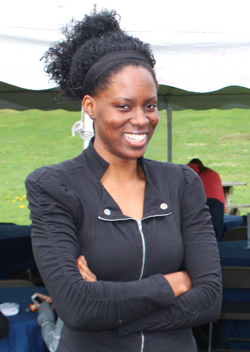
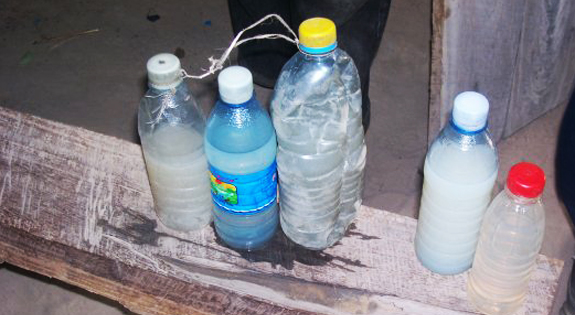




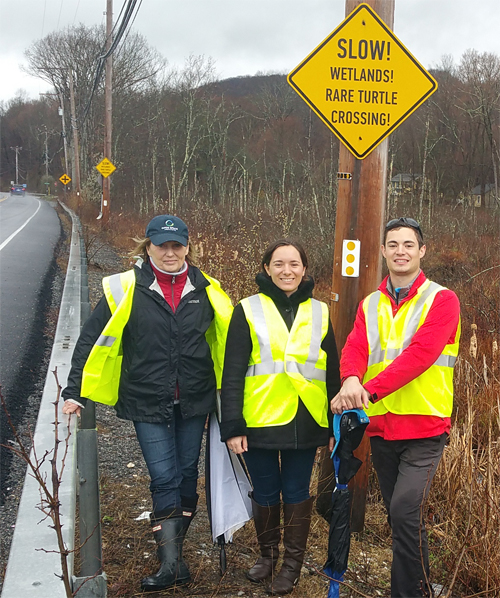
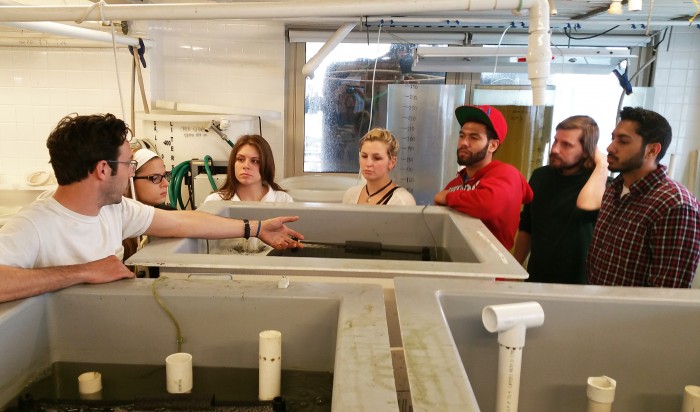
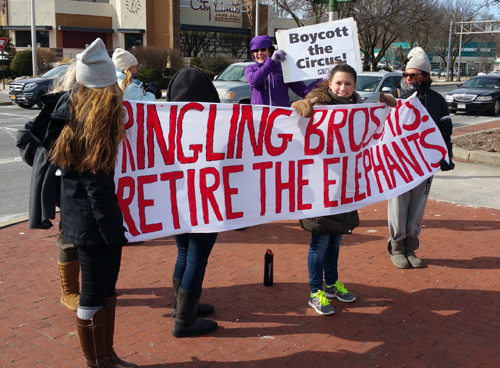
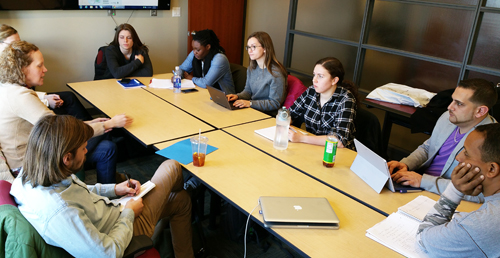
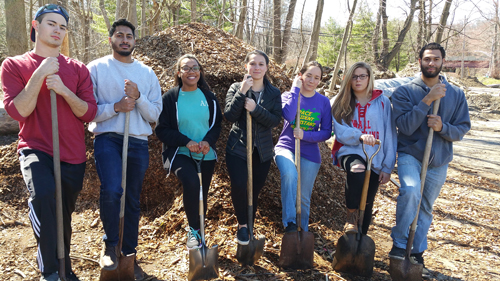

What an incredibly touching glimpse inside the story of Clean Water Solution for Isanjandugu Project. Thank you for sharing Chinyere and I look forward to hearing more!